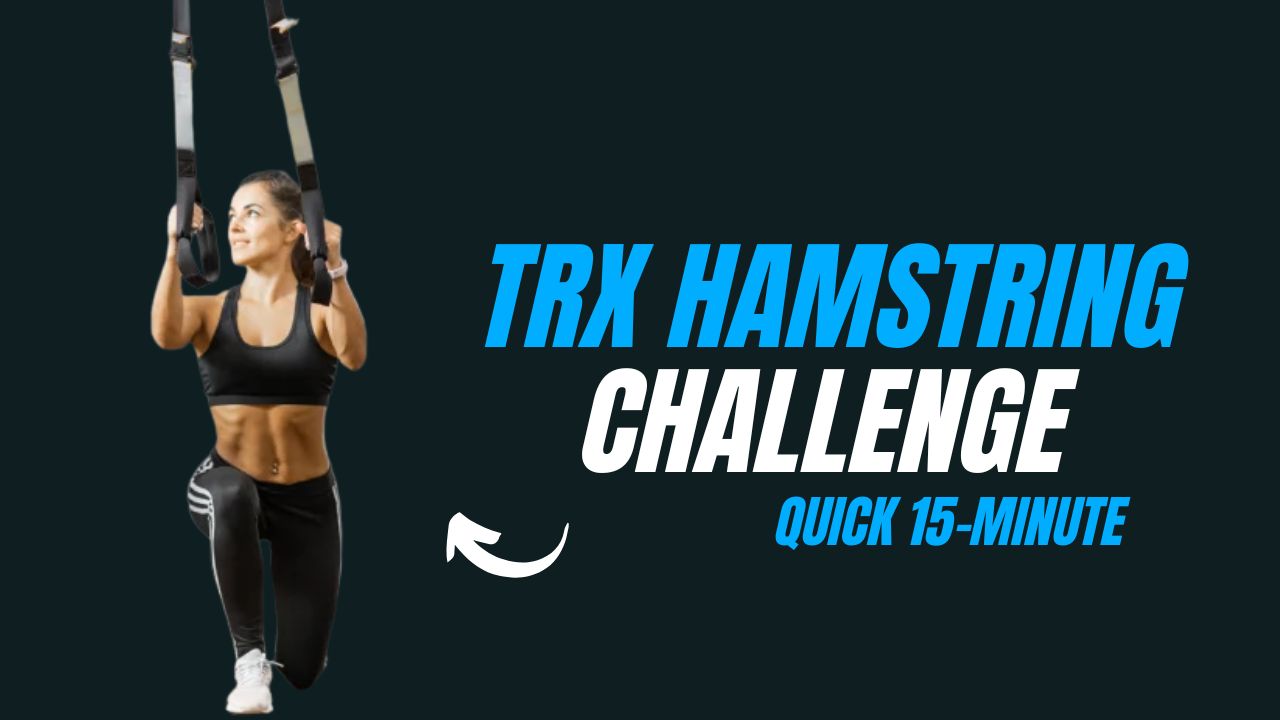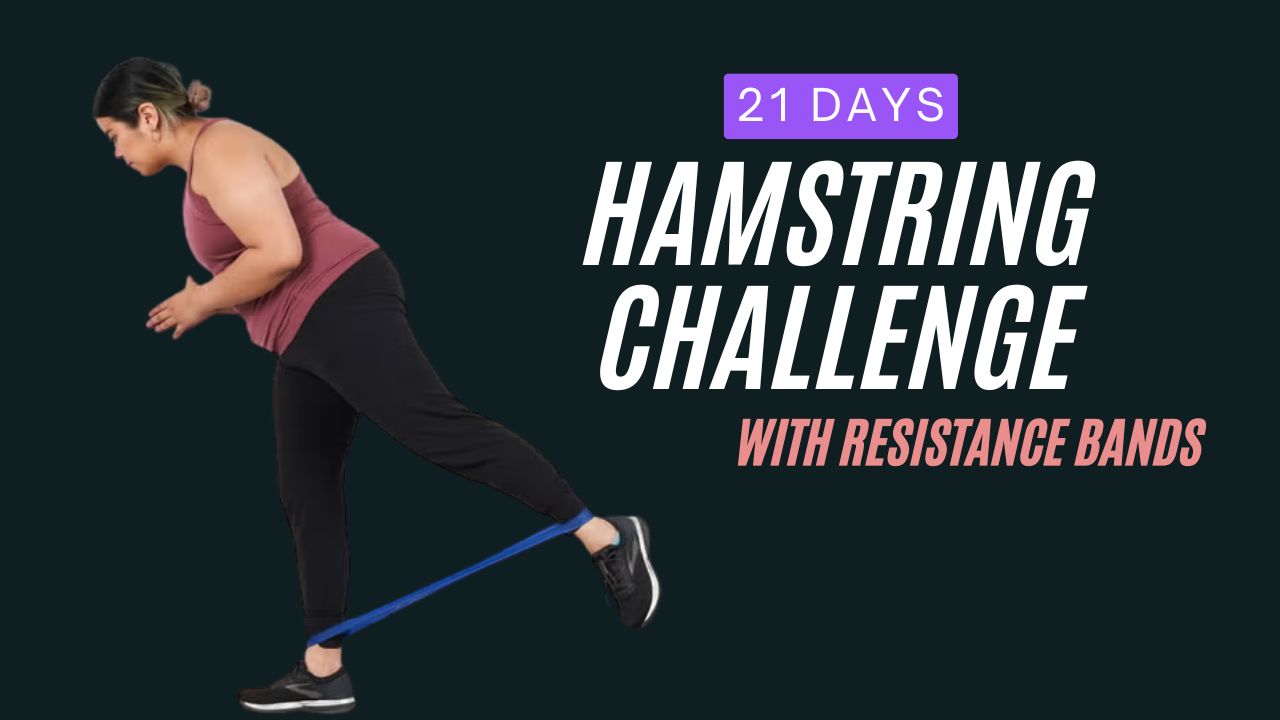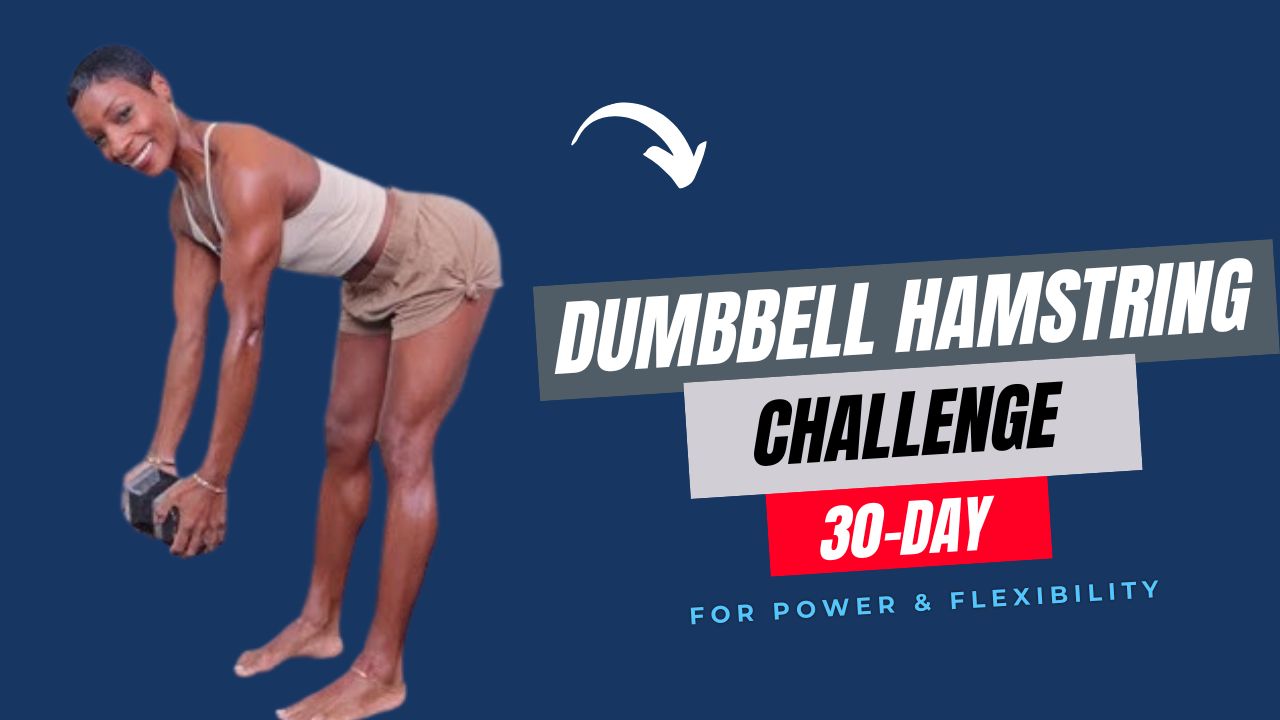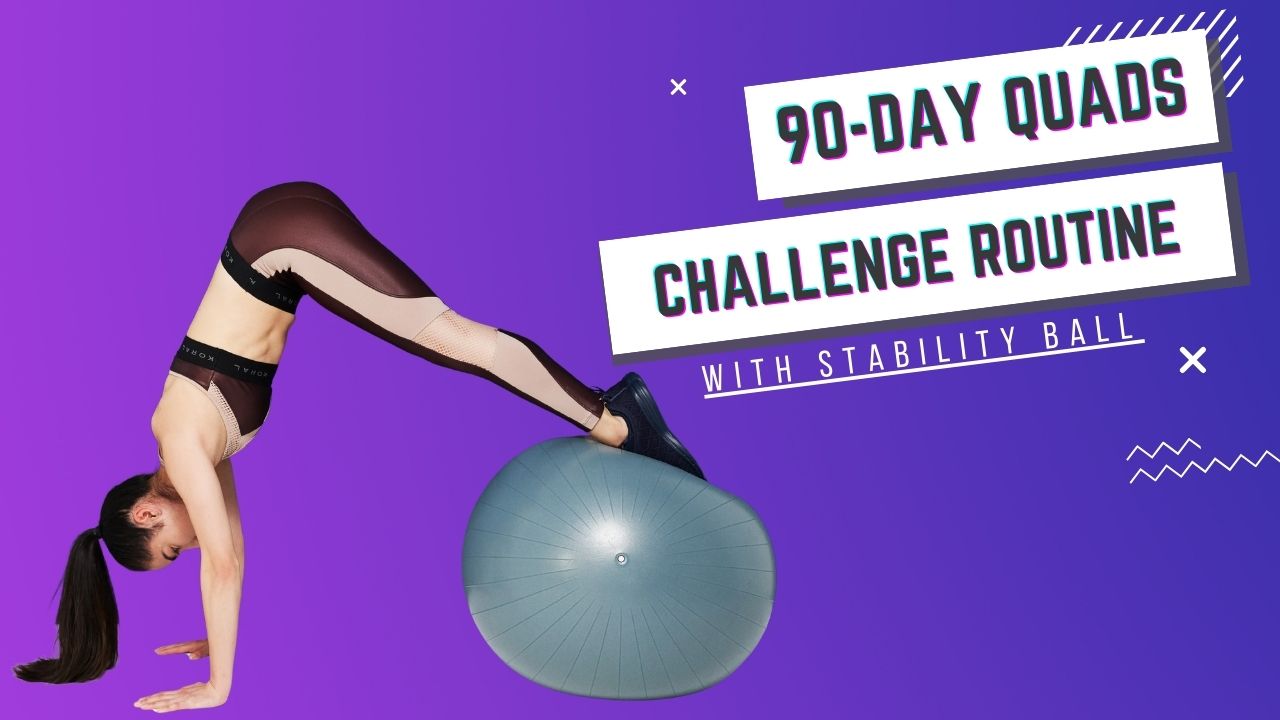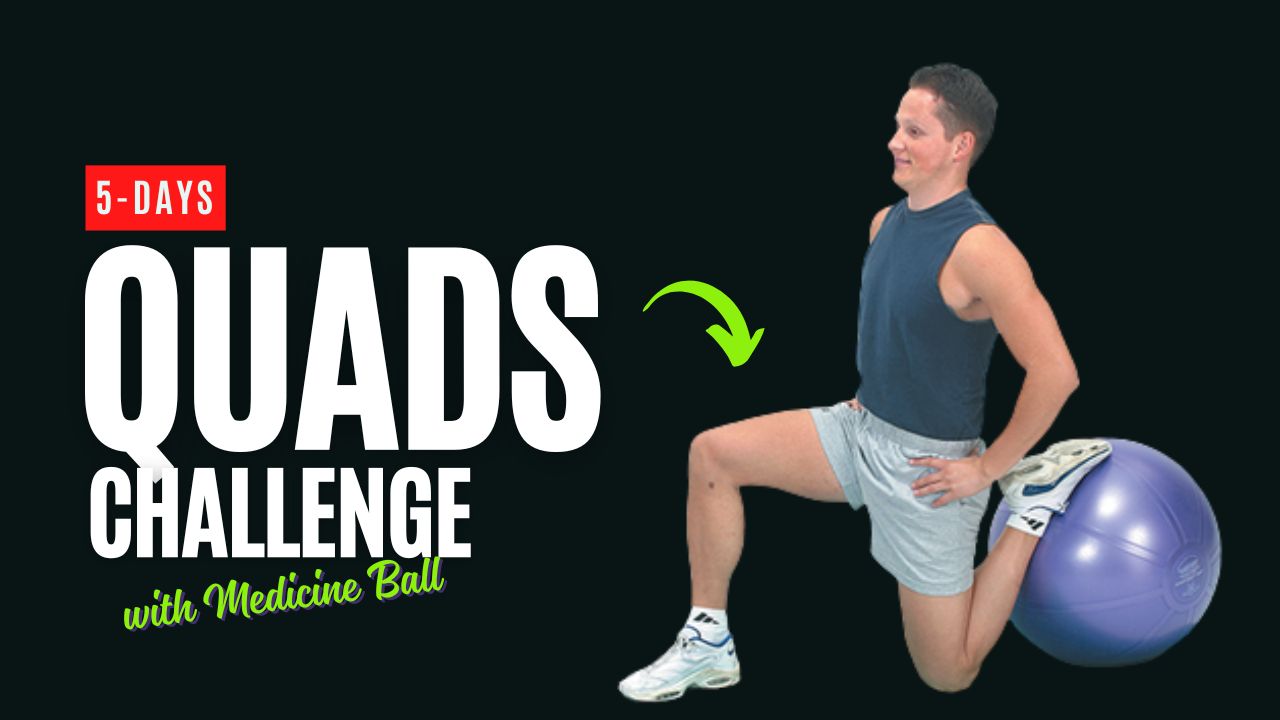When people talk about getting a strong core, the conversation often stops at “six-pack abs.” But here’s the truth: your obliques—the muscles running along the sides of your abdomen—are the real game-changers.
They don’t just sculpt that tapered, athletic look; they are responsible for rotation, stability, and protecting your lower back.
A weak oblique section can lead to poor posture, higher risk of injuries, and less power in everyday movements like twisting, bending, or even carrying groceries.
Do you know? Studies have shown that athletes with stronger obliques tend to perform better in sports that involve rotation—think tennis, golf, baseball, or martial arts. Training them correctly doesn’t just shape your waistline, it enhances functional strength you’ll actually use in daily life.
And here’s the best part—you don’t need an hour-long gym session. With just a kettlebell and 10 minutes, you can fire up your obliques, sculpt your waist, and reinforce your core stability. Welcome to the Kettlebell Obliques Challenge.

Table of Contents
Why Kettlebells Are Perfect for Oblique Training
Unlike dumbbells, kettlebells have an offset weight distribution. This means your body has to stabilize more to control the movement, which automatically engages your obliques.
They’re not just for swings—they’re a versatile tool to target side bends, twists, and anti-rotation strength, all essential for building a rock-solid core.
Myth buster: Many believe endless side crunches are the key to a smaller waist. In reality, direct oblique strength training paired with fat loss is what actually sculpts the midsection. Crunches alone won’t do the trick.
What Can Happen After 30 Days of the Kettlebell Obliques Challenge
| Positive Outcomes (If Done Correctly) | Possible Issues (If Done Incorrectly) |
|---|---|
| Noticeable improvement in core strength and stability. | Risk of lower back strain from poor form or over-arching. |
| Stronger and more defined obliques, giving a tighter waistline. | Uneven muscle development if one side is trained more than the other. |
| Better posture and reduced chances of slouching. | Shoulder or wrist discomfort if kettlebell grip is incorrect. |
| Enhanced athletic performance in sports requiring rotation (tennis, golf, martial arts). | Minimal results if paired with poor nutrition and lack of full-body training. |
| Increased endurance in holding planks and other core-based exercises. | Potential for plateau if no progression in kettlebell weight or workout intensity. |
| Improved balance and coordination in daily activities. | Fatigue or burnout if done daily without proper rest. |
| Greater awareness of core engagement in daily movements. | Possible loss of motivation if expecting spot-reduction of belly fat only. |
Do’s and Don’ts for the Kettlebell Obliques Challenge
| Do’s | Don’ts |
|---|---|
| Start with a manageable kettlebell weight to ensure proper form. | Don’t jump straight to a heavy kettlebell if you’re new—it can cause poor technique and injury. |
| Keep your core engaged throughout every movement. | Don’t let your torso collapse or overextend during side bends or twists. |
| Perform each exercise with controlled, smooth motions. | Don’t rush through reps; speed reduces muscle engagement and increases injury risk. |
| Breathe steadily—exhale during effort, inhale during return. | Don’t hold your breath while lifting or twisting. |
| Focus on quality over quantity—better to do fewer reps with good form. | Don’t sacrifice technique just to squeeze in more reps. |
| Balance both sides of the body by working left and right evenly. | Don’t neglect one side; uneven training can lead to imbalances. |
| Use this workout 3–4 times per week alongside full-body training. | Don’t rely only on oblique exercises for fat loss—combine with diet and cardio. |
| Warm up with light cardio and mobility before starting. | Don’t train cold muscles; it increases strain on your lower back. |
Kettlebell Exercises for Obliques (with How-To Guides)
Below are the most effective kettlebell moves for sculpting your obliques. Each includes a description followed by a step-by-step How To section.
1. Kettlebell Side Bend
Description:
A classic isolation exercise for the obliques. By holding a kettlebell in one hand, your core must work hard to resist bending too far while actively contracting to pull your torso back upright.
How To:
- Stand upright with feet shoulder-width apart.
- Hold a kettlebell in your right hand, arm hanging by your side.
- Place your left hand behind your head or on your hip.
- Slowly bend at the waist to the right, letting the kettlebell lower down your thigh.
- Engage your obliques to pull your torso back to upright.
- Complete reps, then switch sides.
2. Kettlebell Russian Twist
Description:
This rotational move targets your obliques through controlled twisting. Adding a kettlebell increases resistance, intensifying both strength and stability.
How To:
- Sit on the floor with knees bent and feet flat.
- Hold a kettlebell by the horns close to your chest.
- Lean back slightly to engage your core, keeping your back straight.
- Lift your feet a few inches off the ground (optional for extra difficulty).
- Rotate your torso to the right, bringing the kettlebell beside your hip.
- Return to center, then rotate to the left.
- Continue alternating sides.
3. Kettlebell Windmill
Description:
A challenging movement that builds strength, stability, and flexibility. It engages the obliques dynamically while training your shoulders and hips at the same time.
How To:
- Hold a kettlebell in your right hand and press it overhead, arm locked out.
- Angle your feet about 45 degrees to the left.
- Keeping your eyes on the kettlebell, slowly hinge at the hips and reach your left hand toward the floor.
- Allow your torso to rotate slightly as you lower.
- Engage your obliques to bring your torso back upright.
- Complete reps before switching sides.
4. Kettlebell Side Plank Row
Description:
This combination move strengthens your obliques through anti-rotation and stability while also working your upper back.
How To:
- Get into a side plank position on your left forearm, legs stacked.
- Place a kettlebell in front of your body.
- With your right hand, grab the kettlebell handle.
- Row the kettlebell upward toward your ribs, keeping your core tight.
- Lower slowly without letting your hips drop.
- Complete reps, then switch sides.
5. Kettlebell Halo
Description:
The halo may look simple, but moving a kettlebell around your head forces your obliques to stabilize against shifting resistance. It’s excellent for core endurance.
How To:
- Stand tall with feet hip-width apart.
- Hold the kettlebell upside down (horns up, bell down) in front of your chest.
- Move the kettlebell in a circular path around your head.
- Keep your elbows bent slightly and core engaged.
- Perform clockwise reps, then switch to counterclockwise.
6. Kettlebell Suitcase Carry
Description:
This is an anti-bending exercise. Carrying weight on one side forces your obliques to work overtime to keep your torso upright.
How To:
- Hold a kettlebell in your right hand by your side.
- Stand tall, shoulders back, core braced.
- Walk forward slowly for a set distance (20–40 steps).
- Avoid leaning to either side.
- Switch hands and repeat.
7. Kettlebell Standing Woodchop
Description:
This mimics the chopping motion and develops rotational oblique power. It’s both athletic and functional.
How To:
- Stand with feet shoulder-width apart.
- Hold a kettlebell with both hands near your right hip.
- In one fluid motion, rotate your torso and lift the kettlebell diagonally across your body toward your left shoulder.
- Return to the starting position.
- Complete reps, then switch sides.
10-Minute Kettlebell Obliques Challenge
Now that you know the exercises, it’s time to put them into action. This quick challenge is designed to hit your obliques from multiple angles—bending, twisting, anti-rotation, and carrying strength.
Workout Format
- Perform each exercise for 40 seconds
- Rest for 20 seconds
- Complete all 7 exercises back-to-back
- That’s 1 round = 7 minutes
- Rest 60 seconds, then repeat the first 3 exercises for the final 3 minutes
Challenge Routine Table
| Exercise | Duration | Rest | Notes |
|---|---|---|---|
| Kettlebell Side Bend (Right) | 40 sec | 20s | Focus on controlled movement |
| Kettlebell Side Bend (Left) | 40 sec | 20s | Keep core tight |
| Kettlebell Russian Twist | 40 sec | 20s | Keep back straight, avoid hunching |
| Kettlebell Windmill (Right) | 40 sec | 20s | Maintain locked-out arm |
| Kettlebell Windmill (Left) | 40 sec | 20s | Engage obliques while hinging |
| Kettlebell Halo | 40 sec | 20s | Smooth, controlled circles |
| Kettlebell Suitcase Carry | 40 sec | 20s | Walk steady, avoid leaning |
Round 2 (Final 3 Minutes):
- Standing Woodchop (Right) – 40s work, 20s rest
- Standing Woodchop (Left) – 40s work, 20s rest
- Kettlebell Side Plank Row (each side 40s split)
Conclusion
The Kettlebell Obliques Challenge proves that you don’t need endless hours of crunches or complicated routines to build a strong, functional, and defined core.
In just 10 minutes, you’ve hit your obliques through bending, twisting, anti-rotation, and carrying movements—exactly the variety these muscles need to grow stronger and more resilient.
Whether your goal is a leaner waistline, better posture, or enhanced athletic power, this challenge is a compact but powerful step in the right direction.
Remember: consistency matters more than intensity. Doing this workout 3–4 times a week can create visible and functional changes in just a few weeks. Pair it with balanced nutrition and overall fitness, and you’ll be surprised how quickly your obliques become one of your strongest assets.
Challenge Continuation Idea
Once you’ve mastered the 10-minute obliques challenge, don’t stop there. Progression is the secret to long-term results. You can continue building on this routine in a few ways:
- Add a second round: Turn the 10-minute challenge into a 20-minute advanced session by repeating the entire circuit twice.
- Increase kettlebell weight: Gradually step up your kettlebell size to keep challenging your obliques.
- Add more dynamic moves: Include variations like kettlebell overhead carries, rotational swings, or Turkish get-ups.
- Weekly Challenge Structure:
- Week 1–2: 10 minutes (1 round)
- Week 3–4: 15 minutes (1 round + 3 extra moves)
- Week 5 onward: 20 minutes (2 full rounds)
By following this path, you’ll transform this short core workout into a long-term training habit that continually pushes your limits and delivers results.
Frequently Asked Questions (FAQs)
Can kettlebell exercises really target the obliques effectively?
Yes. Kettlebells are excellent for oblique training because their offset weight forces your body to stabilize and resist rotation. This means your obliques are engaged not only during direct side bends and twists but also in carries and anti-rotation movements.
Will kettlebell side bends make my waist bigger?
This is a common myth. Strengthening the obliques won’t make your waist wider. Instead, they help tighten and shape the waistline. A larger waist usually comes from excess fat, not muscle. Combined with proper nutrition, kettlebell oblique training can actually create a leaner look.
Can beginners do the kettlebell obliques challenge?
Absolutely. Beginners should start with a lighter kettlebell (5–8 kg) and focus on form rather than speed. You can also shorten the work period to 20–30 seconds and increase rest time until your core strength improves.
How often should I do this 10-minute kettlebell obliques challenge?
For best results, aim for 3–4 times per week. Since it’s a short, targeted workout, you can add it at the end of your regular training sessions or use it as a stand-alone quick core finisher.
Do I need to do other core exercises if I’m doing this challenge?
While this kettlebell challenge covers obliques thoroughly, your core also includes your rectus abdominis (front abs), transverse abdominis (deep core), and lower back. It’s a good idea to combine this challenge with planks, dead bugs, and back extensions for a complete core routine.
What size kettlebell is best for oblique workouts?
For most people, starting with a 6–12 kg kettlebell works well. Beginners should stay on the lighter side, while more experienced lifters can progress to 16–20 kg for certain moves like carries and side bends.
Can this challenge help reduce belly fat?
Kettlebell training strengthens and tones the obliques but does not spot-reduce fat. Fat loss comes from a combination of calorie control, full-body strength training, and cardio. However, stronger obliques will become more visible as overall body fat decreases.
How long until I see results from this challenge?
Most people notice improved core stability and posture within 2–3 weeks if they’re consistent. Visible definition depends on your diet, overall body fat, and workout frequency, but many see noticeable waistline changes in 6–8 weeks.





